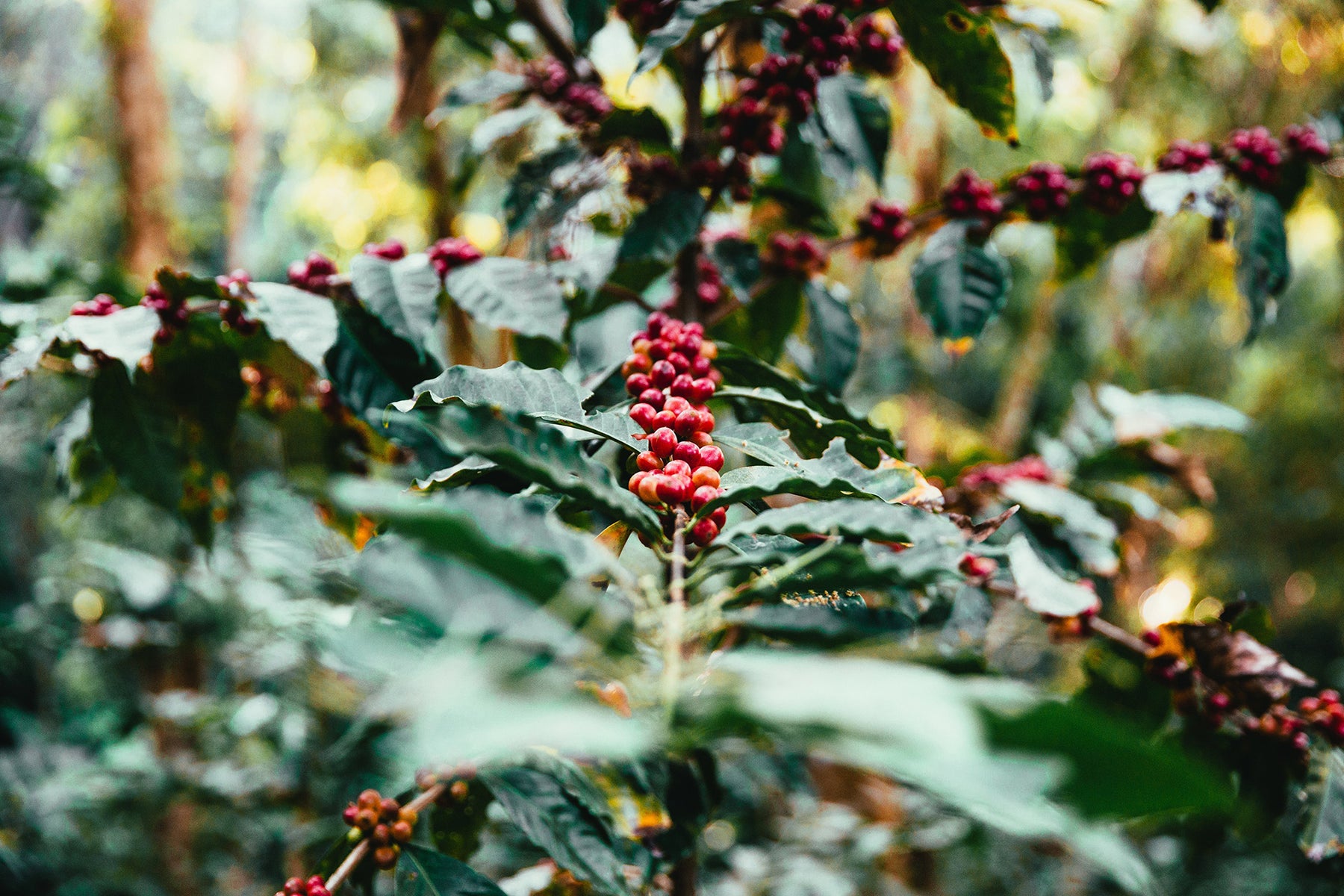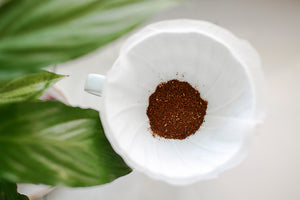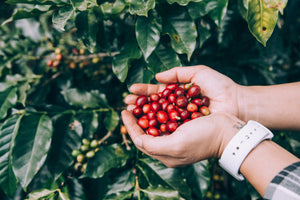
The Footprint of Coffee
As with every aspect of our lives, there is an expenditure of energy throughout the supply chain to create each cup of coffee. This topic is very important across everything we consume.
The carbon footprint isn’t the only metric to consider of course, with the specific environmental issues varying in different regions and different problems arising from making and consuming things.
This newsletter will focus on some counterintuitive results I discovered when contributing to a life cycle analysis back in 2016 with Bath University. I'd also like to touch on a few other points.
This study was started with a PhD student and a professor of chemical engineering to study the different life cycle impact of different types of coffee capsules. We looked at plastic, aluminium, and compostable capsule types.
The study was interesting in that as expected plastic didn’t fair well. Aluminium does very well if recycled. But compostable wins against non-recycled aluminium.
In building the life cycle model the existing research in the field was fascinating. A life cycle model is where you input data at each stage all the way through from “cradle” to “grave” and actually beyond in the case of recycling and reuse. With coffee, this starts at the farming level of growing, harvesting and processing coffee.
It is then transported in-country and across ocean and land to a roastery. Here, it is dropped into a very hot drum and cooked to become the beans you know. If they are capsules they get ground and dosed with nitrogen into individual pods. These make their way to the customer, who pops them in a machine that flash heats water, pops the back and front of the capsule, dissolves coffee into water and dispenses it into your favourite cup. For beans, the coffee gets heat-sealed in a bag, they are opened and ground into either small or even smaller pieces. This can then be brewed in a variety of ways, each using different amounts of energy.
At each stage you can measure the energy used, we are currently assessing this at our roastery. There are of course varying scenarios. A Brazilian farm with automated harvesting will have a very different footprint from hand-picked Gehsa that is experimentally processed.
However, all the academic research in the space draws similar conclusions. The two biggest contributors to the cup of coffee's footprint are the growing of the coffee and the brewing of the coffee. This is interesting when you think that most of the narrative is on the packaging. It makes sense to be fair when this is the difference you “see”.
The brewing actually tops the footprint chart. Boiling a kettle really does use a ridiculous amount of energy and espresso machines, well, they don’t fair well in these studies.
It is quite startling that in all studies instant coffee comes out with the lowest footprint. But when you consider that instant coffee is a highly efficient, industrialised process, whereby the production method manages to extract roughly three cups of coffee from the same amount of beans that other methods can only manage one, it starts making sense.
This is an interesting side of sustainability and the limitations of carbon footprint. Sustainability goes beyond carbon and also incorporates economical, political and cultural factors. Instant coffee isn’t contributing to sustainable coffee growing in areas such as the value of the grown coffee for producers, at least in most cases.
Espresso comes out bottom as it uses a lot of coffee and the brewing machines typically use lots of energy to be made and then lots of energy to keep water hot all time.
Capsules actually come in second place to instant as they are very efficient with the raw ingredient, with it roasted, ground and portioned out. Filter comes in next and espresso trails in last place.
For me, the conversation here is what’s important. Yes, we need to reduce packaging, we need to think about the materials we use and how to reduce the impact of packaging. However, brew methods and sourcing should also be at the front of the conversation. It is interesting to see farms working to go carbon neutral with coffee growing and also coffee equipment manufacturers looking at low energy brewing technologies.
Something like a roller grinder in capsules and EK43 grinders start to have a value beyond cup quality. In both cases, the grind results mean you can brew the same quality with less coffee. In Colonna and Small’s, we were able to move from 18g doses for espresso to 15.5g with an EK as it did such a better job at allowing us to extract the coffee we could hit the same output result with less coffee in.
This is a big complex topic with lots of factors to consider. We will be digging deeper and sharing further at Colonna. It is a topic we all have to face by addressing more and more from producer to transporter to roaster to equipment manufacturer to customer. I hope this article sheds a bit more light on where coffee's footprint comes from for each cup brewed.
In the meantime, only boil the water you need!
About the Author

Maxwell Colonna Dashwood is the creative, boundary-pushing tour-de-force behind, among other things, Colonna Coffee and Peak Water. With a coffee-industry career spanning decades and multiple Championship wins and awards; it’s fair to say Maxwell knows a thing or two about coffee.
Of particular, personal interest to Maxwell is transparency in the supply chain, as well as finding creative solutions to make a more sustainable industry. So, you can understand why we at Best Coffee are so delighted to be able to feature guest-articles from someone who so closely shares our values.
This article first appeared as a newsletter sent to Colonna Coffee’s subscribers. For more enlightening coffee content like this, as well as the latest updates on the Colonna roastery; make sure to sign up to their newsletter.



